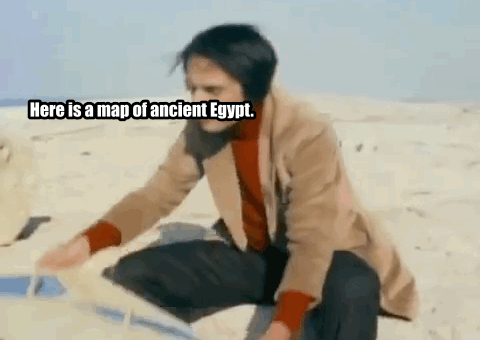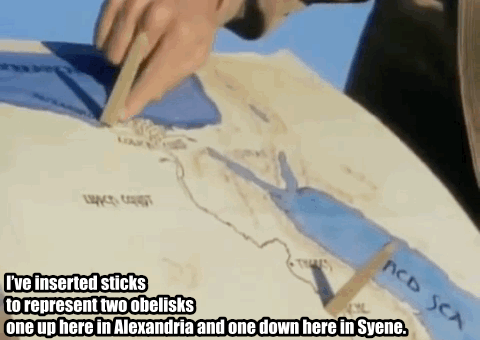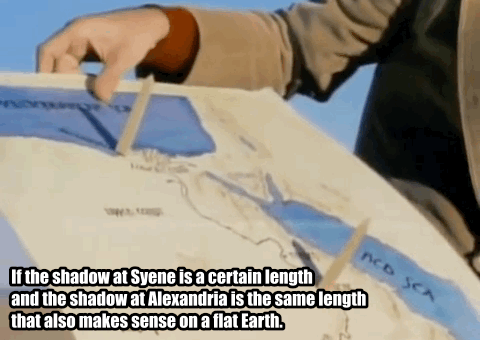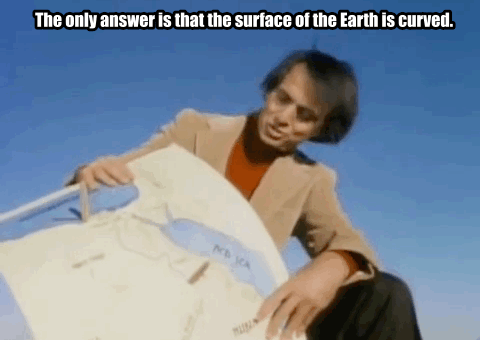jenniferrpovey:polyamorousmisanthrope:itsalburton:actuallyasisterofbattle:themercuryjones:Congratula
jenniferrpovey:polyamorousmisanthrope:itsalburton:actuallyasisterofbattle:themercuryjones:Congratulations, B.o.B., a dude more than 2,000 years ago figured out what you still can’t understand despite the benefits of free public school, generations of documentation and the internet at your fucking fingertips.To be honest, I’m mostly reblogging this for the Carl Sagan explanation.Ancient Egypt was insane with their astronomy and giant buildings. The damned pyramids line up with constellations and specific starsYep. This is why I hate the aliens and the mysticism explanations.I mean, come on, y’all. The ancient Egyptians were just smart, okay. And we owe them.The conspiracy theories are a side effect of a common mistake.People now are not, on average, smarter than the first anatomically modern humans (and probably not smarter than Neanderthals or Denisovans either).We just have better libraries.How smart was the first person who invented fire? The first woman (almost certainly) who realized that deliberately dropping seeds near her camp meant that the tasty or medicinal plant would grow right there where she could get it?The first man (most likely) who realized that if he used an extra stick he could throw a spear further and more accurately - creating the spiritual ancestor of modern firearms.And then you get to Egypt - which did have good libraries. And a solid labor surplus.Or, let’s take the Mayans, Chichen Itza. I’ve been there. Big pyramid. Sports court. Lots of little rooms. Chichen Itza was a university. It was where they trained their priests.It also has this: That’s the Chichen Itza observatory.Compare it with this:That’s the Royal Observatory in Greenwich, London.The Chichen Itza building was actually more cylindrical than a dome. It had star watching platforms inside it. But you can see that building #2 is intended for a similar purpose to building #1. As far as we know they did not have a telescope in it, but certain forms of glass rot…so we can’t be sure, and the Mayans sure as heck knew their astronomy.Cahokia, the largest pre-Columbian city we know of in North America (I say we know of because with everything that happened, we may have missed one if it was made entirely using wood) had observation platforms and a woodhenge similar to the ones in Europe.It seems that every time a human society has enough of a surplus of labor and materials: Astronomy happens.The pyramids, with their alignment to the stars. The observatory at Chichen Itza. Stonehenge.These things are the spiritual ancestors of Curiosity and Voyager - and took just as much intelligence, curiosity and desire to understand the universe to build. -- source link
Tumblr Blog : themercuryjones.tumblr.com








